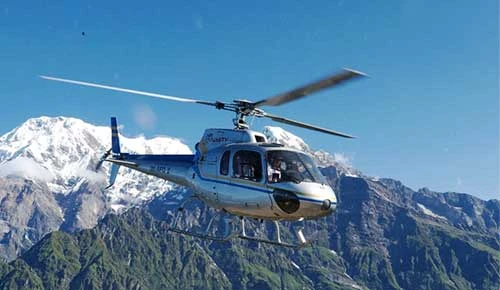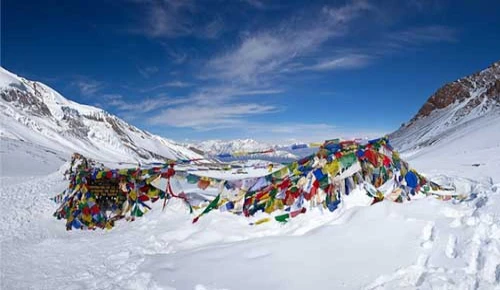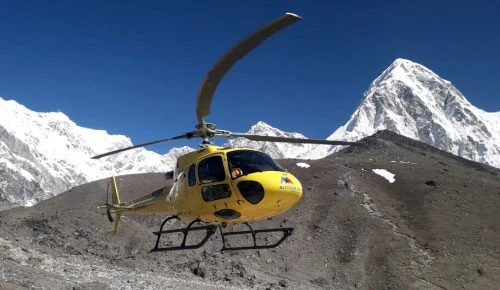How to Prepare for Trekking in Nepal: Complete Guide (Before, During & After)
Trekking in Nepal is a dream adventure for hikers across the world. The beauty of the Himalayas, the mountain culture, and the options for trekking in Nepal are the best on Earth! Whether you're trekking to Everest Base Camp, completing the Annapurna circuit, or meandering through Langtang Valley, almost everything depends on the preparation for you to have a safe, comfortable, and memorable Himalayan experience.

If you are new to trekking or maybe a first-timer to Nepal, you would probably feel overwhelmed with all that you need to accomplish before setting foot on the trails. How to pick a trekking route? What to put in the bag? How to stay healthy and safe while trekking at high altitudes? What should you do at the end of the trek to aid in recovery? This guide will answer those important questions and more.
The blog will help you prepare for trekking in Nepal, including pre-trek prep, safety tips, and post-trek recovery. By following these simple tips, you can enjoy the breathtaking mountain scenery, experience local culture respectfully, and come back home with wonderful memories and stories to tell. So let’s get started on your trekking preparation journey!
Table of Contents
Before the Trek: Planning and Preparation
Planning and preparing is as important as the journey itself. During this phase, you will plan the route and gear and also prepare yourself mentally and physically. Whether you are a beginner or an experienced hiker, taking time to plan your journey will make it safer, more enjoyable, and less stressful. Here are the detailed guidelines to plan and prepare your upcoming journey:
Choose the Right Trek
It is essential to make the right choice of trek in Nepal. An unsafe and unpleasant experience may unfold depending on your chosen trek, along with your fitness, interests, and available time for trekking. Nepal offers trekkers a myriad of options—from easy, short routes like Ghorepani Poon Hill and Helambu Trek, which are suitable for beginners, to strenuous, longer trekking operations such as Everest Base Camp and Annapurna Circuit, which require good physical preparation and acclimatization.

Check for the difficulty, duration, altitude, and type of scenery or cultural experience when selecting a trekking route. Seasonal considerations are important, as autumn and spring are the prime seasons for trekking due to weather clarity and visibility. Once you have figured out what you want and are aware of your limits, you will have no problem choosing the perfect trek to enjoy Nepal's breathtaking mountains and culture.
Key Points to Consider When Choosing Your Trek:
- Duration: How many days can you spend trekking? Short treks (4-7 days) are great for beginners; longer treks (10+ days) offer more adventure.
- Difficulty: Assess your fitness level and hiking experience. Some treks are easy to moderate; others require good stamina and experience.
- Altitude: Higher altitude treks pose greater risks of altitude sickness. Choose based on your comfort with elevation gain.
- Scenery & Culture: Decide if you want spectacular mountain views, cultural villages, or a mix of both.
- Accessibility: Some treks start with a flight (like Lukla for Everest), others with a road trip; consider your travel preferences.
- Season: The Most popular trekking seasons are spring (March-May) and autumn (September-November); some treks are doable in winter or monsoon with precautions.
- Guided vs. Independent: Decide if you want to hire a guide or porter, or trek independently, based on comfort and budget.
By keeping these points in mind, you can choose the trip that fits your needs and helps you make the most of your trekking experience in Nepal.
Physical Preparation and Training
Physical preparation and a positive mental attitude are required for trekking in Nepal, because trekkers have to spend a long duration on difficult trails at high altitudes. Building stamina by regular activities such as brisk walking, jogging, cycling, or swimming 6–8 weeks prior to your trekking schedule makes the body adjust itself to continuous activities. Besides physical strength, one may also engage in short hikes in the hills or step climbing, as these activities emulate trekking conditions.
Leg, core, and back strength training, such as squats, lunges, planks, and step-ups, conditions those muscles to deal with the trials of climbing uphill, descending downhill, and carrying a backpack. Stretching and flexibility exercises can help prevent injuries and speed recovery, while training with a weighted backpack will benefit the real thing.
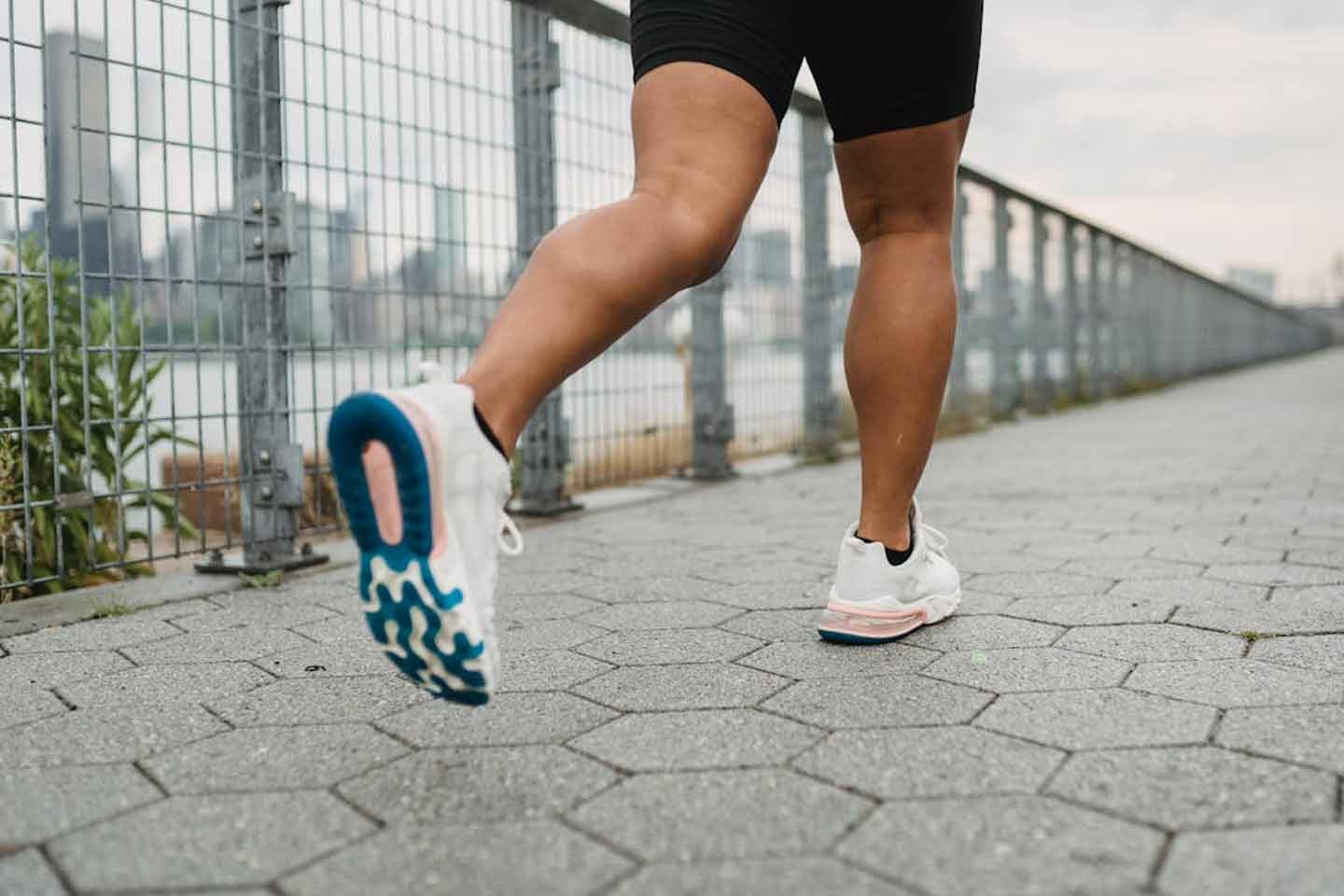
Mental calorie burning has equal importance, for patience will be tested in the Himalayas with long days of walking, changing weather, and the physiological effect of altitude. A positive attitude, pacing, setting little goals, and visualizing the journey ahead will keep morale up, while sharing good vibes with the many memory banks will make the time more worthwhile.
Key Fitness & Mental Preparation Tips for Trekking in Nepal:
- Do cardio performances, e.g., swimming, walking, jogging, or cycling, for staying fit.
- Jog the hills and stairs for the downhill and uphill technical skills.
- For power training, perform squats, lunges, and planks to build strength in your legs and core.
- Stretch every day to keep healthy and flexible.
- Train with the same backpack you'd take on the trek.
- Practice breathing exercises to get your lungs ready for high-altitude air.
- Visualize obstacles, stay positive, and mental strength will blossom.
- The higher you go, the more you will learn to pace yourself and accept making slow progress.
- Plan ahead, but also be prepared for foul weather and days when the plan doesn't work out.
Once ready to seize the above-mentioned once-in-a-lifetime trekking experience, your body and mind will be in place for Nepal's hiking trails.
Packing and Trekking Gear
Packing proper gear can make or break your trekking journey in Nepal. As the weather in the Himalayas can change suddenly, you should always be ready for bad weather by bringing the proper things for safety and comfort. First of all, buy a strong pair of trekking boots because you'll be walking on rough trails for hours at a time every day. Then pack the clothes in layers so you can quickly take them off when it gets hot. The base layers should drain away moisture, the mid-layers should be warm (like fleece), and the outer layers should be waterproof in case it rains. You need sun protection gear like a hat, gloves, sunglasses, and sunscreen, of course.
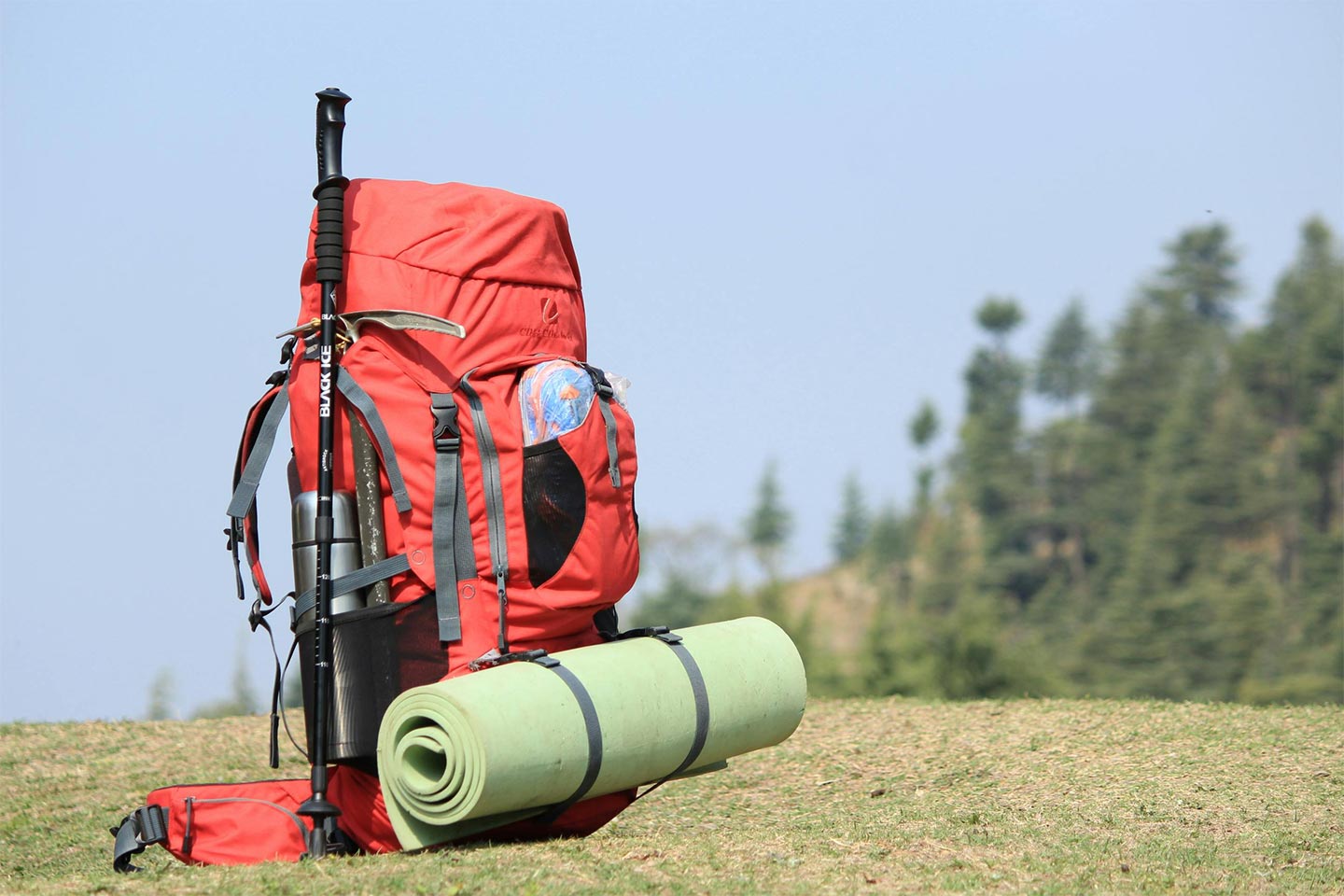
The backpack should be strong yet lightweight, designed to hold only the essential items. A cool-weather sleeping bag, trekking poles for support, and a refillable water bottle/hydration system are essentials for most Nepali treks. Remember that during the winter, you must keep warm clothing, and keeping waterproof gear handy is equally important in the monsoon. A headlamp, personal toiletries, a first-aid kit, and some snacks go a long way in making the entire trek comfortable.
For a more detailed guide, check out our “Nepal Packing List” blog, where we’ve included a complete checklist covering clothing, gear, and travel essentials to help you prepare perfectly for your trekking adventure in Nepal.
Get the Necessary Permits
Getting the absolutely essential permits and paperwork in order before commencing the trek in Nepal is really the first step. The majority of the trekking routes require a TIMS Card (Trekkers’ Information Management System) to register trekkers for safety purposes. Depending upon the trekking region, area-related permits are required. For instance, you will need an Annapurna Conservation Area Permit (ACAP) to trek in the Annapurna region, whereas the Sagarmatha National Park Permit applies to Everest treks.
Restricted areas like Upper Mustang or Manaslu require other restricted area permits, which you can obtain only through a registered trekking agency. Also, you should have several other things, such as a Nepal tourist visa, passport, and travel insurance covering trekking and emergency evacuation. It is important to carry copies of the permits since there are checkpoints on the route. Having all these documents ready will not only save on time but will also make sure that the trekking trip has a hassle-free start.
Why are permits required?
- Permits are mandatory by law to enter protected areas like the Annapurna Conservation Area.
- Trekking without a permit is illegal and punishable by fines or denial of entry.
- In case of an accident, illness, or getting lost, it helps with quick rescue and emergency response.
- Permit revenue is used to support local communities, schools, health posts, and sustainable tourism projects.
- Help maintain the natural beauty and peace of the trekking trail.
Book Transportation and Accommodations
Booking your travel and accommodation in advance is a key step in preparing for your trek in Nepal. Trekking may feel adventurous and spontaneous, but in reality, good planning makes the journey smoother and stress-free.
For popular routes like the Everest Base Camp Trek, this often means booking a Kathmandu to Lukla flight, while treks in the Annapurna region may require a flight or a scenic drive to Pokhara. During peak trekking seasons (spring and autumn), flights and buses get fully booked quickly, so reserving early helps secure your dates and avoid last-minute stress.

Pre-booking also helps you coordinate with guides and porters, manage your budget better, and ensure you have reliable places to rest before, during, and after your trek. Whether you are flying to Lukla, driving to Pokhara, or staying in teahouses along the route, a bit of preparation goes a long way in making your adventure comfortable and organized.
Why is booking in advance important?
- Avoid last-minute hassles and delays during peak trekking seasons
- Secure comfortable and reliable accommodations throughout your trek
- Manage your budget effectively with planned costs
- Support local businesses and promote responsible tourism
- Coordinate smoothly with guides, porters, and trekking itineraries
- Ensure availability of domestic flights, buses, and jeeps to trailheads
- Guarantee beds in teahouses along popular routes
- Reserve hotels in Kathmandu or Pokhara or any other location for pre- and post-trek stays
By taking care of these arrangements early, you can fully enjoy the trekking experience without worrying about logistics during your adventure in Nepal.
Insurance and Medical Precautions
While planning for a trek in Nepal, getting your insurance and medical emergencies sorted can be as important as choosing the path or packing. Trekking entails high altitudes, inaccessible routes, and amazing weather conditions, so emergencies are always possible. Having a travel insurance policy that supports trekking and emergency helicopter evacuation is crucial, particularly for those higher-altitude, more popular options, such as Everest Base Camp and the Annapurna Circuit.

Most standard travel insurance policies do not cover trekking above certain altitudes, so be sure to verify that the policy you choose explicitly mentions trekking in the Himalayas and includes medical evacuation coverage up to at least 5,500 meters. This ensures that an airlift to the nearest hospital won't be a problem in the event of altitude sickness or injury.
Apart from the insurance, here are a few medical precaution tips that you can take before arriving in Nepal.
- Before arriving in Nepal, visit your doctor to discuss vaccinations and basic medical precautions.
- Common recommended shots include hepatitis A and B, Typhoid, and Tetanus.
- If you plan to trek in remote areas, make sure to carry preventive medication for altitude sickness, such as Diamox, as well as medication for stomach infections.
- Always pack a personal first-aid kit with bandages, painkillers, antiseptic, blister treatment, and any personal prescriptions.
- Stay healthy during the trek by drinking clean water, eating hygienic food, and maintaining proper hygiene.
Mentally Prepare Yourself
Physical preparation and gear are crucial, but mental preparation is equally important when trekking in Nepal. The Himalayas are both awe-inspiring and humbling, filled with beauty. challenges, and unpredictability. Mental strength helps you stay grounded and adaptable throughout the journey, especially when you face discomfort, fatigue, or unexpected situations.
During the Trek: Staying Safe & Comfortable
Trekking to the mountain is an amazing trekking adventure but it's important to stay safe and comfortable during the trip. This part of the blog shares simple tips to help you take care of yourself during the journey. From staying warm and avoiding altitude sickness to eating well and listening to your body, these simple steps can make a huge difference. This guideline will help you enjoy the trail with confidence and peace of mind.
Acclimatization & Altitude Sickness
Altitude is your biggest enemy above 3,000 meters. Acute Mountain Sickness (AMS) can affect anyone, regardless of fitness. Take rest days when suggested, like in Namche Bazaar during EBC or Manang in the Annapurna Circuit. Walk slowly, listen to your body, and never ascend too quickly. Mild symptoms like headaches and nausea are normal, but if you experience confusion or difficulty breathing, descend immediately.

Acclimatization tips for high altitude:
- Ascend Gradually, Don’t gain more than 300–500 meters (1,000–1,600 ft) in sleeping altitude per day once you're above 2,500 meters (8,200 ft)
- Drink at least 3–4 liters of water per day. Avoid alcohol, which dehydrates you and slows acclimatization.
- Cut down on caffeine, especially if you're sensitive to its diuretic effects.
- High-carb meals help maintain energy and oxygen efficiency.
- Watch for symptoms: headache, nausea, dizziness, fatigue, and insomnia are early signs of AMS.
- If symptoms get worse, descend immediately; it can be life-saving.
- Avoid sleeping pills. Sleep aids can suppress breathing, which is dangerous at high altitudes.
- Use a pulse oximeter to measure your oxygen saturation level.
- Consider medication such as Diamox (helps speed up acclimatization) and dexamethasone (used to prevent altitude sickness).
Stay Hydrated and Fuel Your Body
Staying hydrated is key to a safe and enjoyable trek in Nepal. Without enough water, you risk dehydration, fatigue, and even altitude sickness, especially at higher elevations. Aim to drink 3–4 liters of water daily and carry purification tablets or a small water filter to refill safely from taps or streams on the trail.
Always Treat Natural Water Sources
Even if locals drink directly from streams, untreated water can cause stomach issues for trekkers. The safest methods are boiling water at teahouses or using water purification tablets or drops like chlorine dioxide or iodine. These are lightweight, easy to carry, and make water safe within 30 minutes.
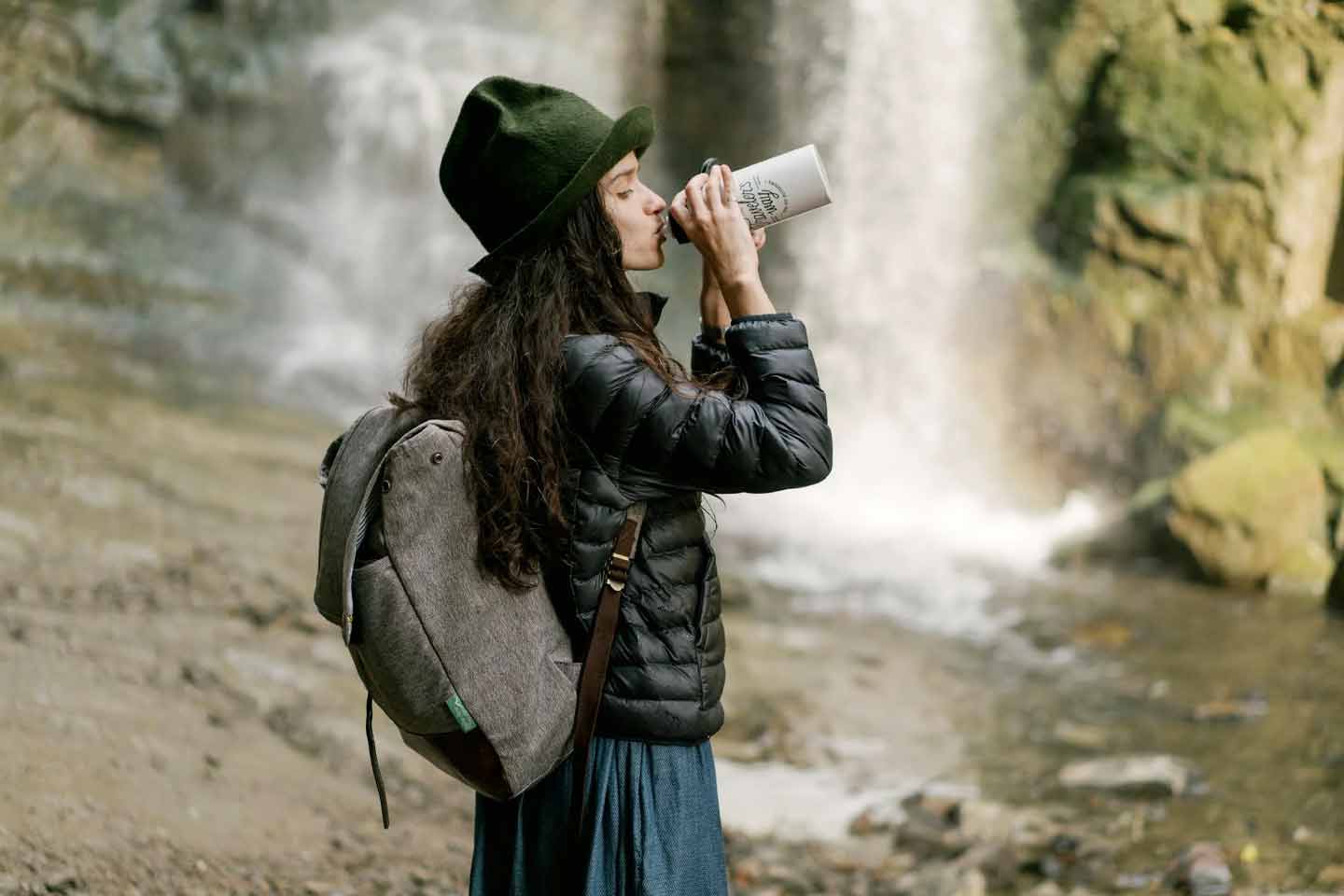
Hydration Tips
- Carry 2–3 liters of treated water daily.
- Drink small amounts frequently instead of waiting until thirsty.
- Monitor urine color—light means hydrated, and dark means you need more water.
- Use ORS packets or electrolytes to replace lost salts on long or hot trekking days.
By keeping your body hydrated and fueled, you’ll reduce the risk of altitude sickness and maintain energy throughout your Himalayan adventure.
Daily Routine on the Trail
Having a consistent daily routine while trekking in Nepal helps you manage energy, stay healthy, and enjoy the journey. Each day involves starting early, pacing yourself, staying hydrated, and resting well. Here’s what a typical day on the trail looks like:
Typical Daily Routine on the Trek
Time | Activity | Details & Tips |
|---|---|---|
6:00 - 7:00 AM | Wake up & Morning hydration | Drink water or warm tea to start your day well. |
7:00 - 8:00 AM | Breakfast | Eat a nutritious meal like porridge, eggs, or local dishes. Fuel up for the trek. |
8:00 AM onwards | Start trekking | Walk at a steady, comfortable pace. Take short breaks every hour to rest and breathe. |
Midday | Snack & Hydration Break | Have snacks like nuts, fruits, or energy bars. Keep drinking water to avoid dehydration. |
Early to Mid-Afternoon | Arrive at next lodge/teahouse | Rest, stretch, and relax. Enjoy the scenery or chat with fellow trekkers. |
6:00 - 7:00 PM | Dinner | Have a warm, filling meal. Popular options include dal bhat or soups. |
8:00 - 9:00 PM | Rest & Sleep | Get enough sleep to recharge for the next day. Early to bed is best. |
Note: The times mentioned above are approximate and can change depending on the trek you choose and the distance you need to cover each day. Some days may start earlier or end later based on the trail’s difficulty and weather conditions.
Trekking Etiquette & Local Culture: Overview
When trekking in Nepal, respecting local customs and traditions is very important. Nepalese mountain communities are warm and welcoming, and showing good manners helps you build positive relationships with locals and fellow trekkers. Following proper trekking etiquette also helps preserve the environment and culture for future visitors.

Key Trekking Etiquette & Cultural Tips
- Use the traditional greeting “Namaste” with a slight bow and folded hands to show respect
- Wear appropriate clothing, especially when visiting villages or religious sites. Avoid revealing or flashy clothes.
- Always ask before taking photos of people, especially monks, children, or locals in their homes.
- Remove your hat, avoid loud talking, and follow local customs when visiting monasteries, stupas, or temples.
- Carry out all your trash and avoid littering on the trails or in villages. Use eco-friendly products whenever possible.
- Speak softly, especially early in the morning or late at night, to respect others’ peace and rest.
- Buy local handicrafts or meals to help the community and encourage sustainable tourism.
- Stay calm and friendly even if things take time, as life in mountain villages moves at a slower pace.
- Listen carefully to your guide’s advice on safety, cultural norms, and trekking rules.
Stay Connected and Safe
While trekking in Nepal, it’s important to stay connected and safe, but keep in mind that Wi-Fi and 3G signals can be slow and unreliable, especially in remote mountain areas. To navigate confidently, it’s a good idea to download offline maps like Maps.me and use GPS apps on your phone before you start your trek.
Since electricity is often limited or unavailable in many teahouses, carrying a power bank or a solar charger is essential to keep your devices charged throughout the journey. Trekking with a knowledgeable guide is highly recommended; not only do guides help you find the right path and assist with language barriers, but they also enrich your experience by sharing insights about the local culture and environment.
If you decide to trek solo, make sure to inform someone trustworthy about your planned route and schedule regular check-ins to ensure your safety. Being prepared in this way helps you enjoy your trek with greater peace of mind.
After the Trek: Recovery and Reflection
After the trek, your body and mind need time to recover and reflect on the journey. Here are a few things that you can do to relax your mind and body.
Rest and Recover
Once you're back in Kathmandu or Pokhara, give your body time to heal. Take warm showers, eat nourishing meals, and get plenty of rest. Expect sore legs and perhaps mild altitude fatigue. Gentle yoga, massage, or stretching can help.

Avoid jumping back into intense activity immediately. Give yourself at least a few days of downtime. Post-trek recovery gives your body a chance to heal.
Why Post-Trek Recovery Is Important
- Trekking causes tiny tears in your muscles. Recovery allows your body to rebuild these fibers stronger and more resilient.
- Long hikes create inflammation, especially in the feet, legs, and lower back. Recovery helps bring swelling down naturally.
- Trekking depletes your body's fluid and salt levels. Recovery allows for proper rehydration and electrolyte balance.
- If you keep pushing without rest, acute soreness could turn into chronic pain, especially in your knees or back.
- Many trekkers feel emotionally down once the adventure ends. Taking time to reflect and recover softens the impact.
- Slowing down after the trek helps you appreciate the privilege of the experience and the impact it had on your life.
Check Your Health
Completing a trek is a major physical achievement, but it also puts considerable stress on your body. A post-trek health check is essential to assess any physical toll the journey may have taken, especially if you trekked at high altitudes, in extreme weather, or for multiple consecutive days.

Why Is a Post-Trek Health Check Important?
- Detect Hidden Injuries
- Monitor Recovery of Sore Muscles and Joints
- Assess Hydration and Nutrition Levels
- Evaluate Effects of Altitude
- Prevent Infection from Blisters or Cuts
Reflect and Share
You just trekked in the Himalayas, one of the most incredible experiences on earth! Take time to write about it, create photo albums, or even vlog your journey. Sharing helps you relive the moments and inspire others.
Posting honest reviews for guides, lodges, and agencies helps the trekking community improve and grow.
Conclusion
Trekking in Nepal is more than just a physical journey—it's a spiritual and emotional awakening. Every step along ancient trails, every glimpse of snow-draped peaks, and every warm smile from a local will shape you in ways you never expected. It’s a place where your limits are tested, your senses are awakened, and your heart learns to embrace the wild beauty of the world.
From standing in awe beneath the shadow of Everest to crossing swinging bridges draped in prayer flags, sipping hot tea in rustic teahouses, or listening to the wind whisper through the Himalayas—Nepal doesn't just welcome you; it changes you.
If you are new to trekking or want extra support, consider booking a guided trek with us, Nepal Trek Adventure. Their experienced guides will help you with permits, accommodation, and acclimatization and ensure your safety throughout the journey.
Contact Nepal Trek Adventure today to start planning your dream trek in Nepal and make your Himalayan adventure stress-free and truly memorable.
Because in Nepal, the adventure begins the moment you decide to go. Are you ready to answer the mountains’ call?







